What were Saxon ships like? – Guest post by historical fiction author Mary Anne Yarde
Upon the headland the Geats erected a broad high tumulus plainly visible to distant seaman… withinthe barrows they placed collars, broaches and all the trappings which they had plundered from the treasure hoard. They buried the gold and left that princely treasure to the keeping of the earth, where it remains … – Beowulf.
Mary Anne Yarde is the multi award-winning author of the International Bestselling series — The Du Lac Chronicles. Yarde grew up in the southwest of England, surrounded and influenced by centuries of history and mythology. Glastonbury — the fabled Isle of Avalon — was a mere fifteen-minute drive from her home, and tales of King Arthur and his knights were a part of her childhood.
… So who better to ask to come onto my blog and tell us more about what it means to research an important detail for writing? We all gotta do it, I’ve also blogged about the problem with authenticity against creative freedom (e.g. here) and we always have to weigh up between what is known and what we need for our stories … So I’m very interested to see what my famous writer friend has to say about this topic (and she mentions my beloved Vikings too ;-)), so: Welcome, Mary Anne, as she asks herself:
What were Saxon ships like?
As a historical fiction author, a great deal of my time is taken up with research. Unfortunately, my books are set in the Early Medieval period — or the Dark Ages, as it is commonly referred to. This is the age of lost manuscripts. Fires, the Dissolution of the Monasteries, Civil War, Revolution on the continent, and not forgetting those Viking raiders, have all had their hand in destroying these valuable resources. What is left was usually written way after an event had taken place, and alas, it was also usually written down for a political purpose. This means there are blanks, in the history. Voids, that I needed to fill in somehow. I have had to look at what happened before the time my books are set in, as well as what happened after. On many occasions, I have had to take an educated guess as to what life was like in this period.
However, sometimes a guess isn’t good enough, especially when it comes to something like ships. In particular, Saxon ships. I wanted to know what they were like. But this turned out to be somewhat more challenging than I had expected. This, is what I discovered…
The Sutton-Hoo Ship
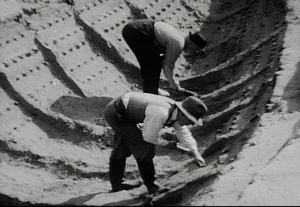
A ghost image of the buried ship was revealed during excavations in 1939. Still from a film made by H. J. Phillips, brother of Charles Phillips — Wikipedia
In the summer of 1939, just before the outbreak of World War II, Mrs Edith Pretty, asked archaeologist, Basil Brown, to investigate the largest of seven Anglo-Saxon burial mounds on her property. What he discovered turned out to be, not only the most spectacular, but also the most significant find in British archaeology. Basil Brown found an Anglo-Saxon ship-burial.
The Germanic people — most notably the Norsemen — used this style of ship-burial. Which led me to initially believe that the Saxon ships must have been similar to the later Viking ships. The ship impression at Sutton-Hoo has been dated to c. 7th Century. However, my books are set in the late 5th early 6th Century. But hey, what is a hundred years? It would have been very easy, and not so stressful for me, to use the Sutton-Hoo ship and the model of a Viking ship to make a guess at what the Saxon ships of an earlier period looked like and, more importantly, sailed like. But would it be right? I wanted to be sure that the boats I depicted were right for the period I was writing about.
Where to begin?
The problem with boats is that they are made of wood. The impression of the Sutton-Hoo boat had been preserved because it had been buried in sandy soil. This is not the case for most ship burials. The wood, unfortunately for historians, has simply rotted away. Also, only a few ships were buried.
The most famous and oldest Germanic boat was discovered in a place called Nydam Mose in Denmark. The Nydam boat has been dendro dated (tree-ring dated) to c.310–320. It is 23 metres long and 4 metres wide. It had 15 pairs of oars.
Was this the kind of boat that the famed Germanic mercenaries, Hengist and Horsa, sailed to England on, when they got that call for help from Vortigern, the High King of Southern England in the 5th century? Perhaps.
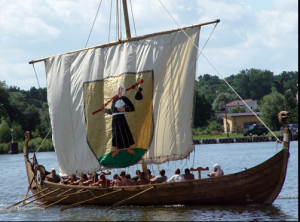
A modern replica of a Viking ship. This ship is of the snekkja longship type (commons.wikimedia.org)
However, there is not a trace of any mast foot on the Nydam boat. Which meant that it did not have any sails. A stark contrast to the Viking ships in the later centuries. Does that mean that Hengist, Horsa, and their men rowed to England? Not necessarily. The Nydam boat has a keel-plank rather than the developed keel that we see in later Viking ships. The keel offsets the height of the mast, which would mean the Nydam boat was not a sea-worthy vessel. It was a riverboat. But sea travel happened. The Romans had their great navy, and they had sails. So perhaps it stands to reason that the early Saxon boats did as well. Unfortunately, there is no archaeological evidence to back this theory up.
Historical accuracy vs. story purpose
So what is a historical fiction author to do? After careful consideration, I have given my Saxon ships sails, just because it makes sense for them to have them. I cannot imagine these great Saxon warriors, such as Cerdic of Wessex, rowing to Britain if they knew that a fight was going to greet them when they landed. They would have been too exhausted to lift an axe, let alone defend themselves. I could, of course, be wrong. However, for now, the jury is out.
References:
(Author Unknown) — The Anglo-Saxon Chronicles (J. M. Dent, New edition, 1972)
Berresford Elllis, Peter — Celt and Saxon (The struggle for Britain AD 410-937) (Constable and Company Ltd , 1994)
Geoffrey of Monmouth — The History of the Kings of Britain (Penguin Books Ltd, 1966)
Gildas — On the Ruin and Conquest of Britain (Serenity Publishers, LLC, 2009)
Oliver, Neil — Vikings (Weidenfeld & Nicolson, 2012)
Wood, Michael — In Search of the Dark Ages (BBC Books, 2005)
THANKS a million for these insights into the troubles we histfic writers face when it comes to interpreting scarce sources and make them fit our story needs … If you’d like to see what shores Mary Anne’s heroes’ boats sailed to, be assured you will just love her latest release:
The Du Lac Prophecy
(Book 4 of The Du Lac Chronicles)
By Mary Anne Yarde
Two Prophesies. Two Noble Households. One Throne.
Distrust and greed threaten to destroy the House of du Lac. Mordred Pendragon strengthens his hold on Brittany and the surrounding kingdoms while Alan, Mordred’s cousin, embarks on a desperate quest to find Arthur’s lost knights. Without the knights and the relics they hold in trust, they cannot defeat Arthur’s only son – but finding the knights is only half of the battle. Convincing them to fight on the side of the Du Lac’s, their sworn enemy, will not be easy.
If Alden, King of Cerniw, cannot bring unity there will be no need for Arthur’s knights. With Budic threatening to invade Alden’s Kingdom, Merton putting love before duty, and Garren disappearing to goodness knows where, what hope does Alden have? If Alden cannot get his House in order, Mordred will destroy them all.
Buy Links:
Amazon US https://www.amazon.com/Du-Lac-Prophecy-Book-Chronicles-ebook/dp/B07GDS3HPJ
Amazon UK https://www.amazon.co.uk/dp/B07GDS3HPJ/
Amazon CA https://www.amazon.ca/Du-Lac-Prophecy-Book-Chronicles-ebook/dp/B07GDS3HPJ/
Media:
Website/Blog: https://maryanneyarde.blogspot.com/
Facebook: https://www.facebook.com/maryanneyarde/
Twitter: https://twitter.com/maryanneyarde
Amazon Author Page: https://www.amazon.com/Mary-Anne-Yarde/e/B01C1WFATA/
Goodreads: https://www.goodreads.com/author/show/15018472.Mary_Anne_Yarde
Excerpt:
“I feared you were a dream,” Amandine whispered, her voice filled with wonder as she raised her hand to touch the soft bristles and the raised scars on his face. “I was afraid to open my eyes. But you really are real,” she laughed softly in disbelief. She touched a lock of his flaming red hair and pushed it back behind his ear. “Last night…” she studied his face intently for several seconds as if looking for something. “I am sorry if I hurt you. I didn’t know who you were, and I didn’t know where I was. I was scared.”
“You certainly gave me a walloping,” he grinned gently down at her, his grey eyes alight with humour. “I think you have the makings of a great mercenary. I might have to recruit you to my cause.”
She smiled at his teasing, but then she began to trace the scars on his face with the tips of her fingers, and her smile disappeared. “Do they still hurt?”
“Yes,” Merton replied. “But the pain I felt when I thought you were dead was a hundred times worse. Philippe had broken my body, but that was nothing compared to the pain in my heart. Without you, I was lost.”
“That day… When they beat you. You were so brave,” Amandine replied.
Her fingers felt like butterflies on his skin, so soft and gentle. He closed his eyes to savour the sensation.
“I never knew anyone could be that brave,” Amandine continued. “You could have won your freedom and yet, you surrendered to their torture to save me. Why? I am but one person. Just one amongst so many.”
“Why do you think?” Merton asked shakily, opening his eyes to look at her again, hoping she could see the depth of his love in his scarred and deformed face.
“I gave you these scars,” Amandine stated with a painful realisation, her hand dropping away from his face. “You are like this because of me,” her voice was thick with unshed tears.
“No, not because of you,” Merton immediately contradicted. “My reputation, Philippe’s greed, Mordred’s hate, and Bastian’s fear, gave me these scars—”
“I should not have gone back to your chamber. If they had not found me there, then they would never have known about us. If they had not known, then you would have had no cause to surrender. Bastian would not have taken your sword arm.” Amandine touched what was left of his arm. “Philippe would not have lashed you.” She touched his face again and shook her head. “I am to blame.” She sat up and her eyes filled with tears, her hand fell away from his face. “I am to blame,” she said again as a tear slipped down her cheek. “How can you stand to be near me?”
Ooooh, of course I LOVED this sensual but gritty glimpse at Mary Anne’s heroes and their troubles! As I read the previous books, I can only recommend them as being authentic, moving, and exciting reads.
Happy reading & writing!


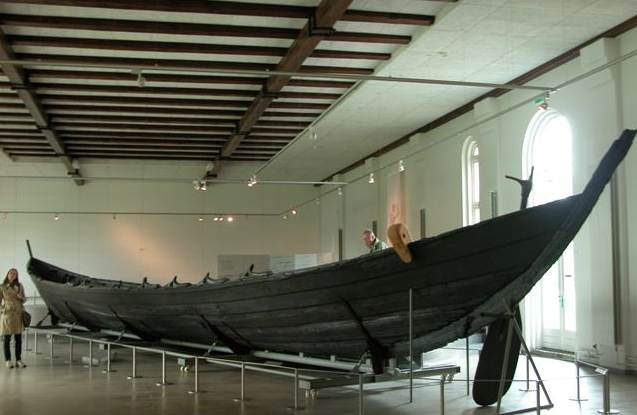
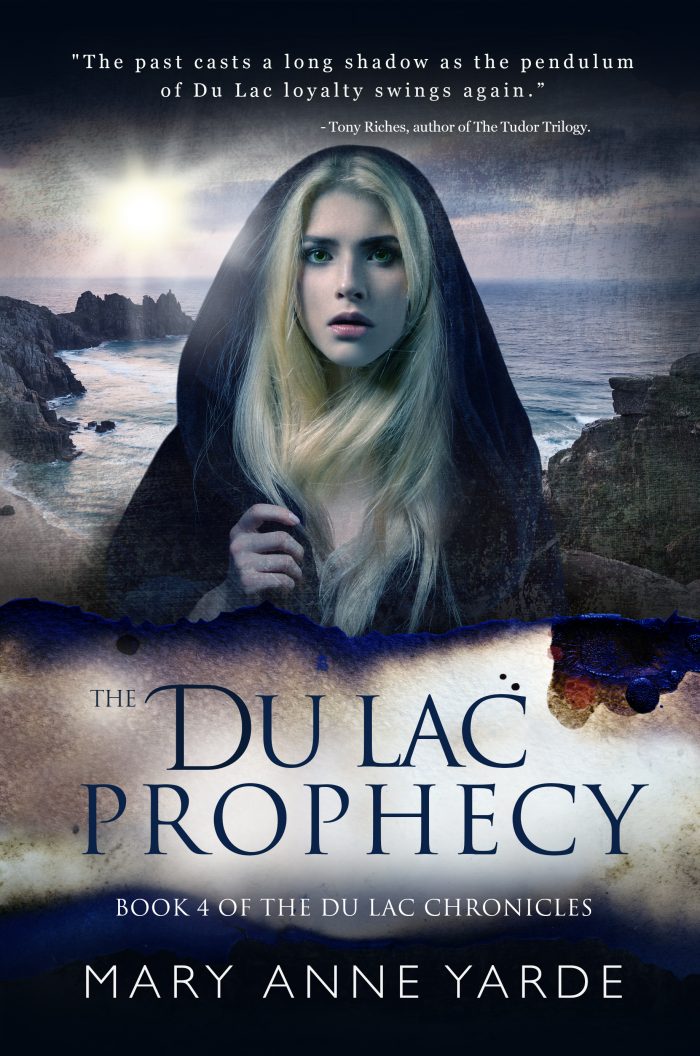


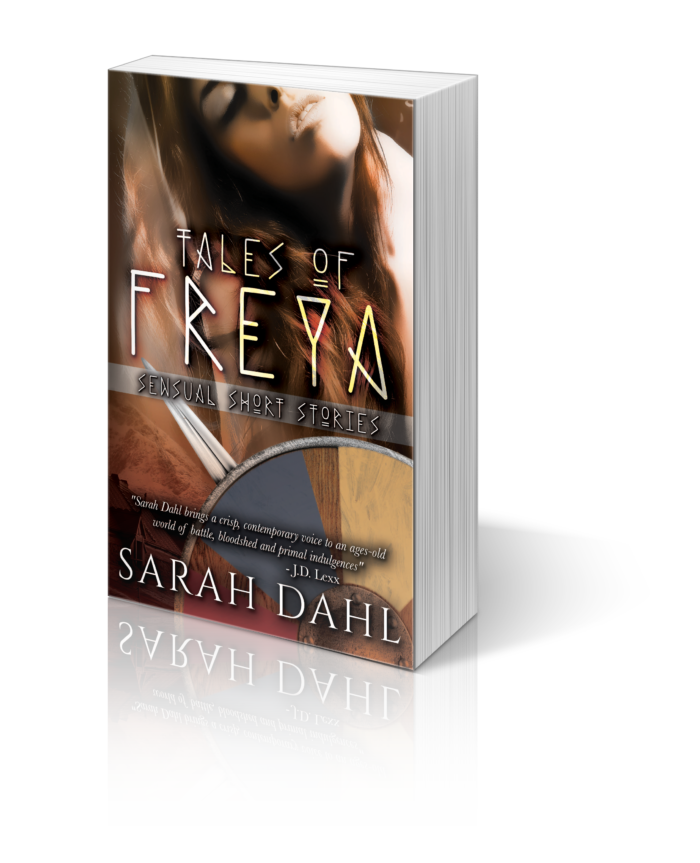
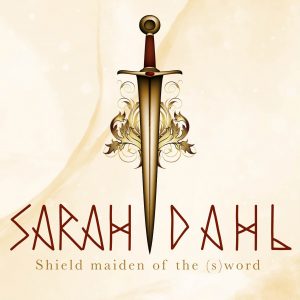
Comments (0)